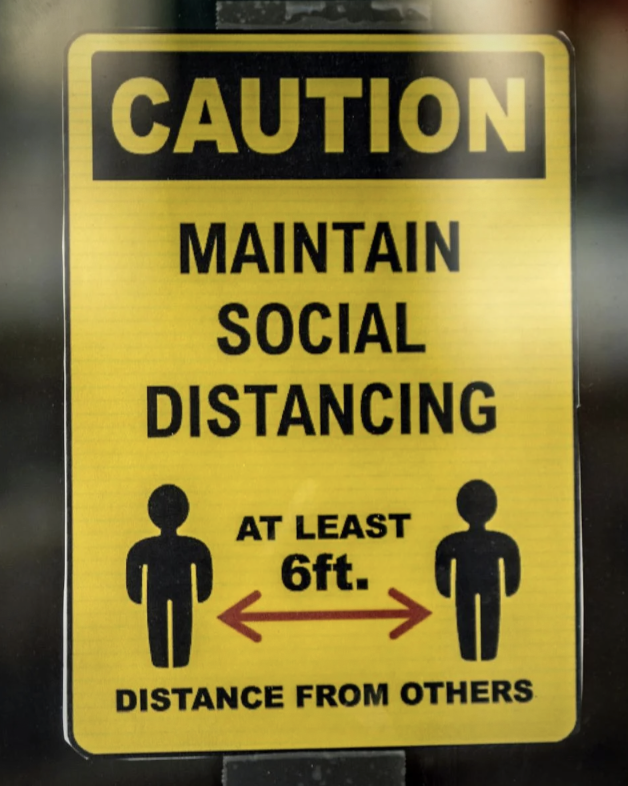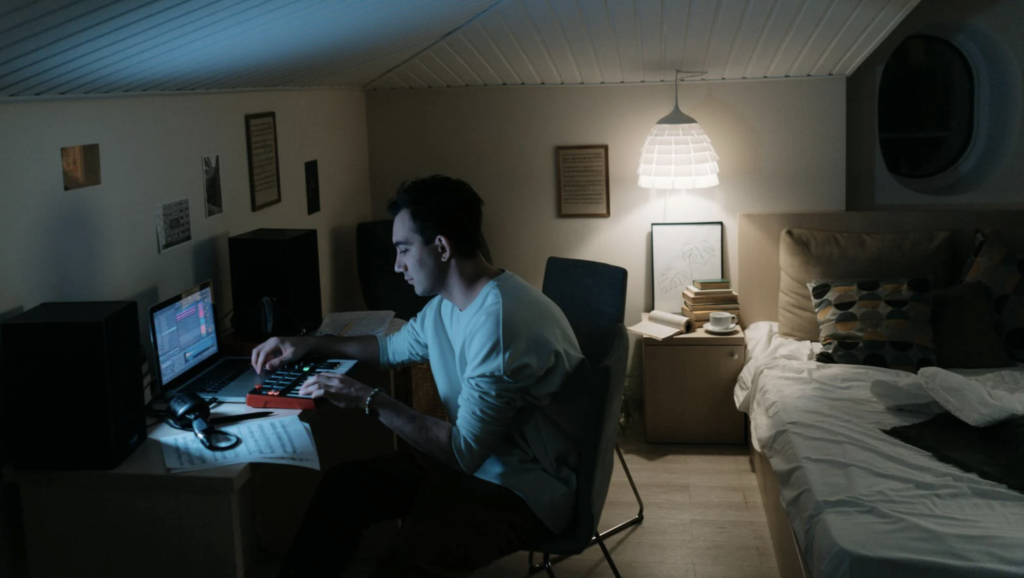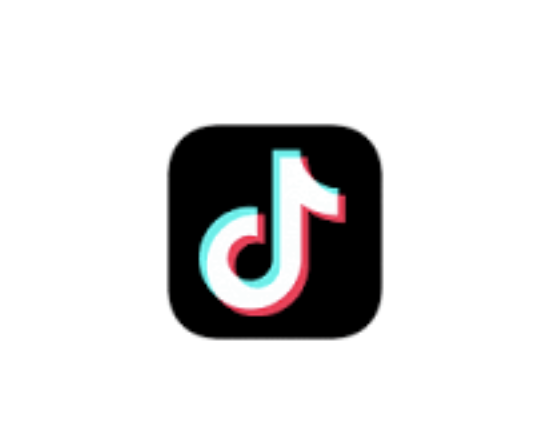The COVID-19 pandemic has undeniably reshaped industries worldwide, with the music industry undergoing one of the most profound transformations. From the abrupt halt of live performances to the surge in digital consumption, artists, producers, and consumers have adapted to a new reality that has catalyzed innovation and could potentially redefine the music landscape for years to come.

Virtual Creation and Collaboration Blossom
The onset of the pandemic saw a swift pivot to digital media production and consumption, with music standing out due to its inherent adaptability. The ease of ideating, writing, and producing music remotely has not only sustained but invigorated the creative process during these challenging times. Warner Chappell Music’s initiative to connect its global songwriting community virtually is a testament to the industry’s resilience and adaptability. Despite the challenges of not being in the same studio, artists have continued to produce hits, such as Ariana Grande and Justin Bieber’s “Stuck with U,” showcasing the potential of remote collaboration.
The Digital Shift: Streaming and Virtual Performances
With the global live concert scene experiencing a staggering loss, artists and the industry at large have leaned into digital streaming and virtual performances. The transition to online platforms has opened new revenue streams and engagement avenues, highlighting the industry’s agility in adapting to unforeseen circumstances. Virtual concerts have not only compensated for the loss of live event income but have also established a new norm for fan interaction, with artists reaching broader audiences through platforms like Looped. This shift has underscored the potential of digital platforms to supplement, if not entirely replace, traditional live performances in the post-pandemic world.

The Broader Economic Impact and Industry Response
The broader economic ramifications of COVID-19 on the music industry have been stark, with live performances—the industry’s lifeblood—coming to a near standstill. This has had cascading effects on the myriad of professionals dependent on this ecosystem, from musicians to production crews. Yet, the crisis has also been a catalyst for innovation. The industry’s response, from virtual songwriting camps to online music classes, reflects a proactive approach to overcoming the challenges posed by the pandemic. Additionally, streaming services have seen a diversification in content and a shift in consumption patterns, suggesting long-term changes in how music is consumed and appreciated.
Conclusion: Resilience and Innovation as the Way Forward
The music industry’s journey through the COVID-19 pandemic underscores its resilience and capacity for innovation. The rapid shift to digital creation and consumption, coupled with the emergence of virtual performances, has not only helped sustain the industry through unprecedented challenges but also paved the way for a reimagined future. As artists and industry stakeholders continue to navigate this new normal, the lessons learned and the innovations born out of necessity are likely to influence the music landscape for years to come. The pandemic, while a formidable challenge, has also been a powerful catalyst for change, pushing the boundaries of traditional music production and consumption and setting the stage for a more connected and digitally integrated music experience.
Sources:
- Forbes: “The Pandemic Effect: Music Creation And Consumption Are Changing Fast.”
- Stage Music Center: “How COVID-19 Has Changed the Music Industry.”
- Meiea: “The Impact of the COVID-19 Pandemic on Musicians and the Music Industry.”








Its like you read my mind! You seem to know a lot about this, like you wrote the book in it or something. I think that you could do with a few pics to drive the message home a little bit, but instead of that, this is magnificent blog. A great read. I’ll certainly be back.|